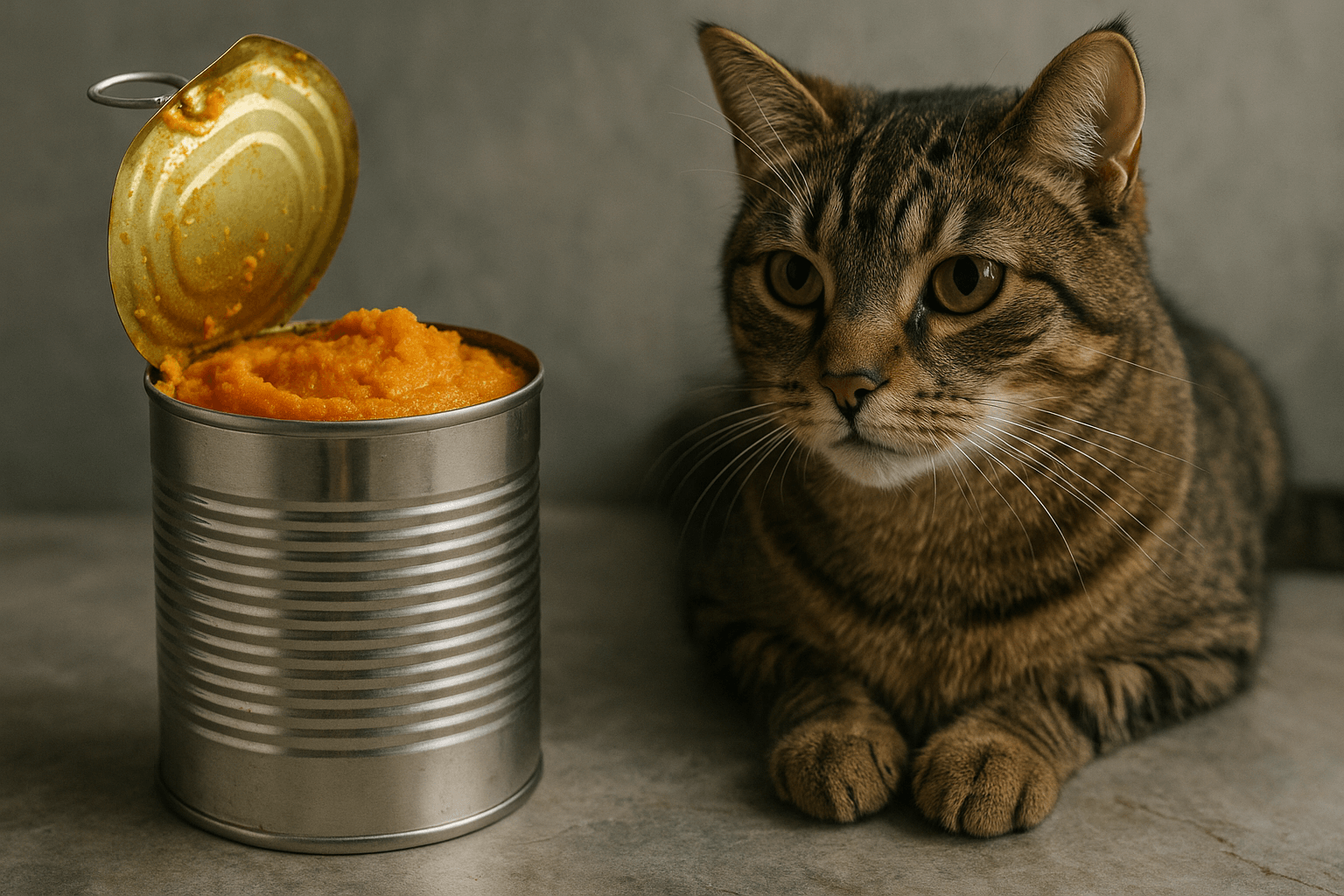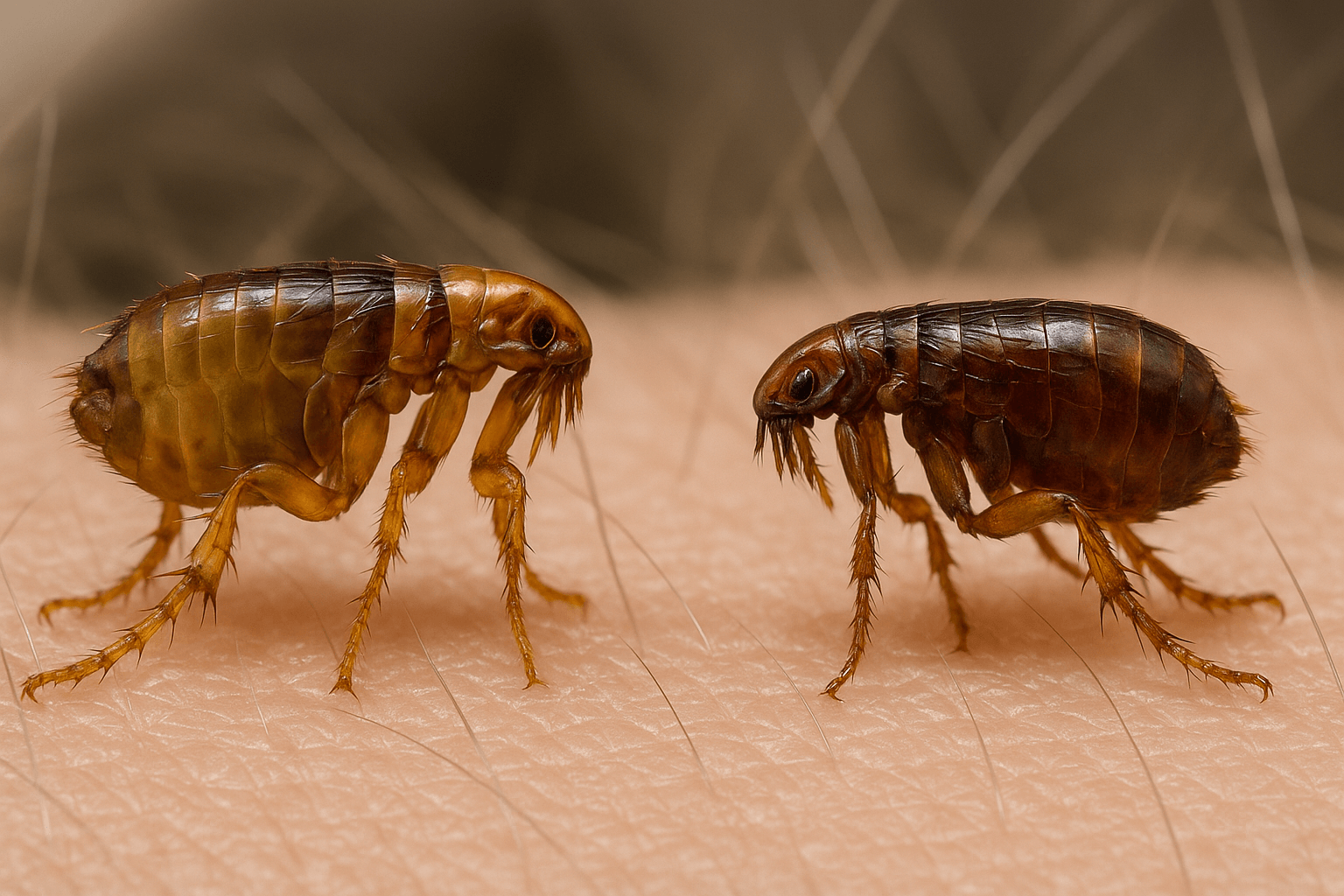Can Dogs Eat Plantains?
Plantains, a close relative of bananas, are a versatile and nutrient-rich food enjoyed by many people around the world. But can dogs eat plantains too? As pet owners, it’s natural to wonder whether this starchy fruit is safe and beneficial for our furry friends. While plantains can offer some nutritional benefits, they also come with certain risks if not prepared or served correctly. In this blog post, we’ll explore everything you need to know about feeding plantains to your dog, from their potential health advantages to important safety tips. By understanding how to incorporate plantains into your dog’s diet responsibly, you can ensure their meals remain both delicious and nutritious.
Nutritional Benefits of Plantains for Dogs
Plantains are packed with vitamins, minerals, and fiber, making them a potentially healthy addition to your dog’s diet when served in moderation. Here’s how plantains can benefit your canine companion.
Rich in Fiber:
The high fiber content in plantains supports healthy digestion and can help regulate bowel movements.Good Source of Potassium:
Potassium supports muscle function, heart health, and overall energy levels in dogs.Low in Fat:
Plantains are naturally low in fat, making them a light and healthy snack option for dogs.Packed with Vitamins:
They contain vitamins like vitamin C and vitamin A, which boost immunity and promote skin and coat health.Easy to Digest (When Cooked):
When properly prepared, plantains are gentle on a dog’s stomach and unlikely to cause digestive upset.
These nutritional benefits make plantains a worthwhile treat, but it’s essential to serve them in moderation and avoid harmful preparation methods.
Potential Risks of Feeding Plantains to Dogs
While plantains are generally safe for dogs, there are some risks to be aware of before adding them to your pup’s diet. Understanding these concerns will help you make informed decisions.
High Sugar Content:
Plantains contain natural sugars, which can lead to weight gain or blood sugar spikes if fed in excess.Raw Plantains Are Hard to Digest:
Unripe or raw plantains are starchy and difficult for dogs to digest, potentially causing gastrointestinal discomfort.Allergic Reactions:
Although rare, some dogs may have sensitivities or allergies to plantains, leading to symptoms like itching or vomiting.Added Ingredients Can Be Harmful:
Seasonings like salt, butter, or spices commonly used in cooked plantains can upset a dog’s stomach or even be toxic.Choking Hazards:
Large chunks or improperly prepared plantains may pose a choking risk, especially for smaller breeds.
By being mindful of these risks, you can safely introduce plantains to your dog’s diet without compromising their health.
Check this guide 👉Can Dogs Eat Parsnips? Best 7 Expert Tips!
Check this guide 👉Can Dogs Eat Rhubarb? Best 7 Expert Tips!
Check this guide 👉Can Dogs Eat Oregano? Best 7 Expert Tips!

Safe Ways to Prepare Plantains for Dogs | Unsafe Preparation Methods to Avoid |
|---|---|
Boiled and plain (no seasoning) | Fried plantains with oil or butter |
Baked and mashed into small pieces | Plantains with added sugar or syrup |
Sliced thinly for easy chewing | Raw or unripe plantains |
Mixed with other dog-safe fruits | Salted or spiced plantains |
Served in small, bite-sized portions | Overfeeding plantains as a treat |
How to Safely Introduce Plantains to Your Dog’s Diet
If you’re considering adding plantains to your dog’s meals or snacks, it’s important to do so gradually and responsibly. Follow these guidelines to ensure a smooth and safe introduction.
Start with Small Portions:
Begin by offering a tiny piece of plain, cooked plantain to monitor your dog’s reaction.Choose Ripe Plantains:
Opt for ripe plantains, as they are softer, sweeter, and easier for dogs to digest.Avoid Seasonings and Additives:
Serve plantains plain, without any salt, sugar, butter, or spices that could irritate your dog’s system.Cook Thoroughly:
Boil or bake plantains to soften them and reduce their starchiness, making them gentler on your dog’s stomach.Monitor for Allergies or Intolerance:
Watch for signs of digestive upset, such as vomiting, diarrhea, or excessive gas, after introducing plantains.
By following these steps, you can safely determine whether plantains are a suitable treat for your dog.
Alternative Healthy Treats for Dogs
If plantains don’t suit your dog’s taste or dietary needs, there are plenty of other healthy and dog-friendly alternatives to consider.
Sweet Potatoes:
Rich in fiber and vitamins, sweet potatoes are a nutritious and tasty option when boiled or baked.Blueberries:
These antioxidant-packed berries make an excellent low-calorie snack for dogs.Carrots:
Crunchy and low in calories, carrots are great for dental health and provide a satisfying chew.Green Beans:
Low in calories and high in fiber, green beans are a filling and nutritious treat for dogs.Apples (Without Seeds):
Apples are a refreshing source of vitamins and fiber, but always remove the seeds and core before serving.
These alternatives ensure your dog enjoys variety while staying healthy and happy.
Signs Your Dog Enjoys Plantains
If you’ve introduced plantains to your dog’s diet, look for these positive signs that indicate they enjoy and tolerate this new treat well.
Excitement During Mealtime:
Your dog eagerly approaches their bowl or shows enthusiasm when plantains are included in their meal.No Digestive Issues:
A lack of vomiting, diarrhea, or excessive gas suggests your dog is digesting plantains without difficulty.Increased Energy Levels:
The nutrients in plantains may contribute to improved energy and vitality in active dogs.Consistent Appetite:
If your dog continues to eat their regular food alongside plantains, it’s a good sign they find them palatable.Shiny Coat and Skin Health:
The vitamins in plantains may enhance your dog’s coat shine and overall skin condition over time.
These signs confirm that plantains are a welcome addition to your dog’s diet.
Common Mistakes to Avoid When Feeding Plantains
Even with good intentions, pet owners can make mistakes when introducing plantains to their dog’s diet. Avoid these pitfalls to ensure your dog stays safe and healthy.
Feeding Too Much at Once:
Overfeeding plantains can lead to digestive upset or unwanted weight gain due to their sugar content.Using Processed Plantains:
Chips or packaged plantain snacks often contain unhealthy additives that are unsuitable for dogs.Ignoring Portion Sizes:
Treats like plantains should make up no more than 10% of your dog’s daily caloric intake.Skipping Preparation Steps:
Serving raw or undercooked plantains can upset your dog’s stomach and make them hard to digest.Neglecting Allergy Signs:
Failing to observe your dog’s reaction can result in missing early warning signs of allergies or intolerance.
Avoiding these mistakes ensures a safer and more enjoyable experience for your dog.
Fun Ways to Incorporate Plantains into Your Dog’s Diet
Adding plantains to your dog’s meals doesn’t have to be boring. Get creative with these fun and healthy ideas to make snack time exciting.
Mashed Plantain Topping:
Mix mashed plantains with your dog’s regular food for a flavorful twist.Frozen Plantain Cubes:
Blend cooked plantains with water, pour into ice cube trays, and freeze for a refreshing summer treat.Homemade Dog Biscuits:
Combine mashed plantains with oat flour and bake into homemade biscuits for a special reward.Plantain Smoothie Bowls:
Blend plain, cooked plantains with dog-safe fruits like blueberries and serve as a creamy treat.Stuff Into Puzzle Toys:
Use mashed plantains as a filling for interactive toys to keep your dog entertained and engaged.
These creative ideas ensure your dog enjoys plantains in a variety of ways while staying healthy and happy.
Frequently Asked Questions About Dogs and Plantains
Are plantains safe for all dogs?
While most dogs can enjoy plantains in moderation, those with specific health conditions or sensitivities should avoid them.
Can puppies eat plantains?
Yes, but only in small amounts and after consulting with your veterinarian to ensure it’s appropriate for their age.
How often can I feed my dog plantains?
Plantains should be an occasional treat rather than a regular part of their diet to avoid overconsumption of sugars.
What should I do if my dog eats raw plantains?
Monitor them closely for signs of digestive upset; contact your vet if symptoms persist or worsen.
Can I give my dog fried plantains?
No, fried plantains are high in fat and unhealthy additives, making them unsuitable for dogs.
Feeding Plantains to Your Dog: A Balanced Approach
Plantains can be a healthy and tasty treat for dogs when prepared and served responsibly. Their nutritional benefits, including fiber, potassium, and vitamins, make them a valuable addition to your dog’s diet in moderation. However, it’s crucial to avoid harmful preparation methods and monitor your dog’s response to ensure they tolerate plantains well. By balancing treats like plantains with a wholesome, balanced diet, you can keep your dog happy, healthy, and satisfied. Always consult your veterinarian before introducing new foods, and remember that every dog is unique in their dietary needs.
Canned Pumpkin for Cat Diarrhea: Best 7 Expert Tips! Natural remedy to firm stools, soothe upset bellies, and support gut health safely.
Can a Cat Give You Scabies? Best 7 Expert Tips! Discover the truth about feline mites, human skin risks, and how to protect yourself—without panic.
Cat Flea vs Human Flea: Best 7 Expert Tips! Discover the truth about bites, species, and how to eliminate infestations for good.
Weird Cat Behaviors: Best 7 Expert Tips! Discover why cats do strange things—and how to understand, not punish, their instincts for a happier home.




